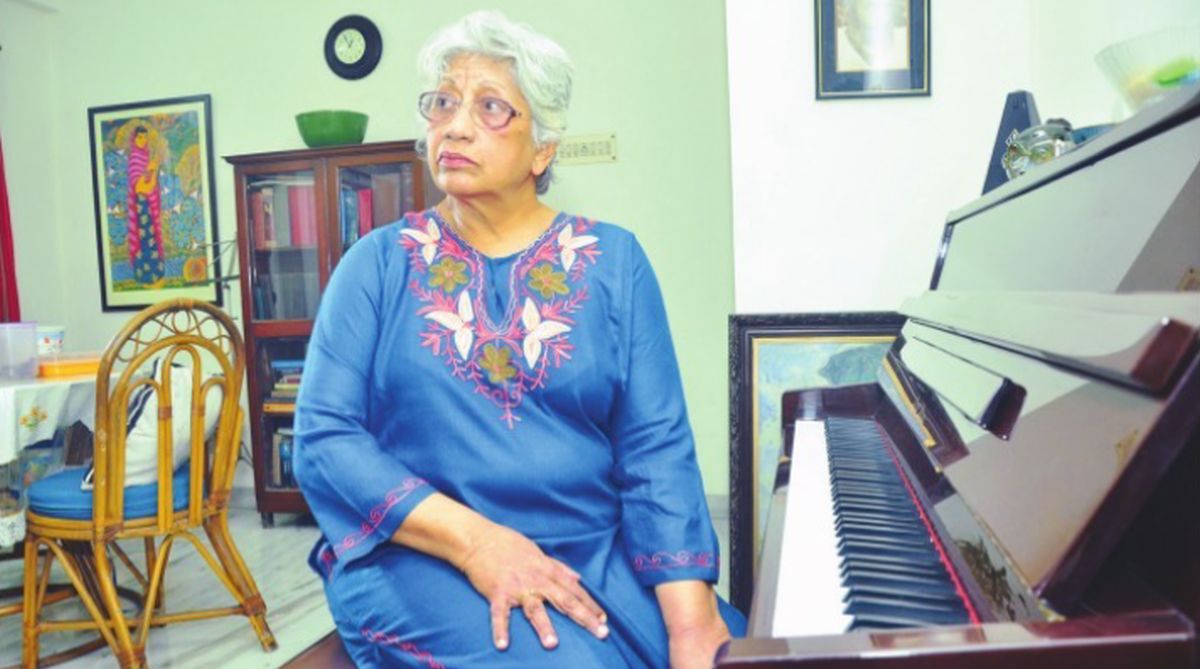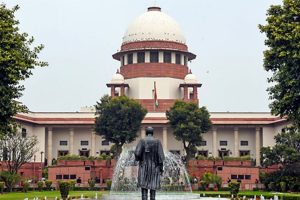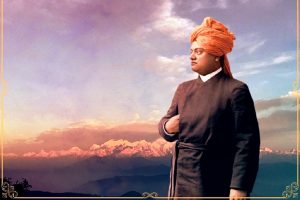Subha Das Mollick is a name and face — with a crop of thick, wavy hair filled more with salt than pepper — familiar among documentary filmmakers, media and communication students across Kolkata.
She is a media teacher who has made more than 50 documentary films on a variety of subjects, most of which have been aired on the national television. She has also been a professor at iLEAD. Her latest documentary, the 58-minute Calcutta Sonata, is something we have never been aware of before even if we knew of it — the cultural space that the piano created for itself within Calcutta at one time and how it evolved into an institution unto itself is what the film defines, describes and elaborates on.
Advertisement
So far the film has won two prizes — Satyajit Ray Silver Award at the 1st South Asian Short Film Festival and Best Documentary Film at Hyderabad Bengali Film Festival. Excerpts:
Q. What was your motivation to make this film?
I conceived the idea when I was attending a video conference organised by Cambridge scholars and iLEAD. The topic was 400 years of Indo British relationship. Railways, telegraph, education system and cultural influences were discussed.
Listening to these discussions I got the idea that piano has had a far reaching influence on the music scene in India. This was in 2014. Q How long did the research take? Research is an ongoing process. The other day I was acquainted with Stanley Pinto who used to play in Firpos in the 60s’. But he lives in Bangalore.
Then Usha Uthup heard about this film and she wanted to give an interview. I began my secondary research by reading Calcutta – the Living City and my primary research began by meeting first Jyotishka Dasgupta and then Fauzia of the Calcutta School of Music.
One thing led to another. Indrani Ghosh put me on to Devajit Bandyopadhyay. I met Sarvananda quite by accident. Tony Braganza gave me a lot of contacts including that of Sourendro Mullik. Then of course I did my own research on the Internet.
Q. Which are the places you shot in for the different people you have covered?
I shot in churches (St John and Christ Church), schools, people’s homes, Marble Palace, Calcutta School of Music, Victoria Memorial, Rabindra Bharati Society, Trincas, Great Eastern Hotel and, of course, the streets of Calcutta.
I wished to encapsulate the spirit within which the piano as a cultural produce — besides being a musical instrument — sustained and grew, and even to meet these people, I needed to talk to them in their own physical ambience that offers a holistic picture.
Q. There is a mention of how the architecture of the homes that have/had the piano and the piano itself are mutually compatible. How do you explain this as a director?
Just as there was a lot of western influence on the architecture of the zamindars ‘homes in North Calcutta, the same way piano brought a lot of western influence on Indian music.
Just as the Indians led a very Indian lifestyle inside the homes with Gothic and Corinthian pillars, same way, the Indians (Bengalis) adapted the piano and made it their own.
This, to my mind, is a wonderful example of cultural and musical fusion within our culture much before terms like globalisation, modernisation and so on made it into the lexicon of music and life.
Q. In what way did the making of the film become a learning experience for you?
While researching the film and reading up on it, I realised that in different ways, the piano was instrumental in introducing western musical concepts to the Indians. My affluent relatives had pianos in their homes and their children took piano lessons.
The piano became a status symbol for the westernised Bengali. I realised that there was a story here — the story of gradual assimilation of the piano into the cultural fabric of the city. I started meeting pianists, piano teachers, piano tuners, went to workshops that repair old pianos and I started reading up about the piano.
Q. Let us hear of some of the pianos that also feature in the film as characters unto themselves.
The oldest one is an Erard Square Grand piano; the big piano in Calcutta School of Music is Bosendorfer; The Great Eastern Hotel piano is MF Rachals and the one at Dolna Day School is Julius Feurich. Some of them played modern Yamaha pianos. There is one Steinway piano also.
The way Braganza’s men put together that antique piano which had turned into rubble has to be seen to be believed. How Indian songs can be played beautifully on the piano is also an experience.
Q. Has your life changed during and after you made this historic film?
Yes, of course it has. I got to know Kolkata much more intimately. In retrospect I realise that the story of piano in Calcutta has a unique angle, and that is, the Bengalis, starting with Jyotirindranath Tagore, an elder brother of Rabindranath Tagore who adapted the piano to Indian music.
This was taken to a culminating point by the late V Balsara. This legacy is being continued by Sourendro Mullik. Looked at from this perspective, the story of the piano in Calcutta is unique. I guess the reason behind this is the Bengal Renaissance.
Q. Tell us about your team.
Abheri De and Barun De Joardar did the camera work; location sound is done by Moumita Ray; audio mixing by Subhadeep Sengupta; editing by Sanchari Das Mollick and Sudip Das; production co-ordination by Arkaprabha Chattopadhyay; assistance by Sayantan Mukherjee; narration by Shivnath Mukherjee, stills and some video has been done by Shubham Paul.
Q. Let us hear about the great personalities you interviewed and who added a new dimension to the film by actually participating in it?
I am truly grateful to all the personalities who contributed to this film and allowed me the rich experience of interacting with them. These are the people I interacted with and learnt a lot about music, about piano, about how the culture of the piano was imbibed by Bengali aristocracy and much more.
Each one has contributed in his/her own way because the expertise, knowledge and understanding of the piano is different and all these together make a cohesive whole.
They are music scholar Devajit Bandyopadhyay, who is an expert on Bengali theatre songs and has written a book on Jyotirindranath and his musical compositions; piano teacher Fauzia Marikar, who was principal of Calcutta School of Music for a brief period; pianist Sourendro Mullik, who is a descendant of the Mulliks of Marble Palace and specialise in Indian piano recitals; Jyotishka Dasgupta, principal of Calcutta School of Music, who is also in charge of conducting the Trinity College music exams; Sarvani Gooptu who has done her PhD on Dwijendralal’s songs and literature; singer Sarvananda Chowdhury, professor of bengali and specialist in Vivekananda and Sourendro Mohan Tagore’s music; national award winning audiographer Subhadeep Sengupta; The Trincas owners Deepak and Shashi Puri; jazz pianist Debabrata Mitra, who has accompanied Pam Crain’s performances ; fusion pianist Abhijit Patranobis; Tony Braganza, proprietor of the legendary Braganzas in repairing, tuning, reconstructing and resurrecting pianos of all makes; Rakesh Mitra, manager, Great Eastern Hotel and Indrani Ghosh, retired curator of Rabindra Bharati Museum.











